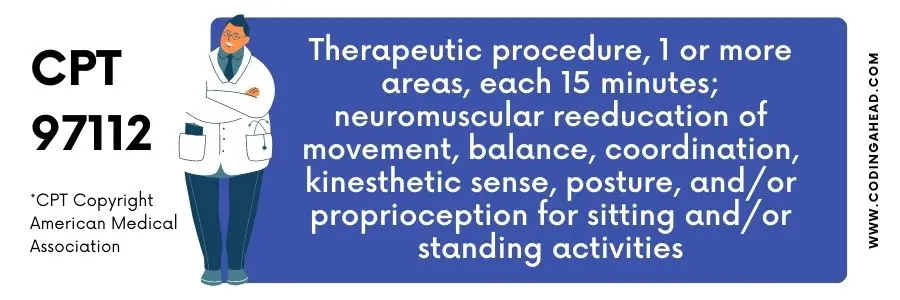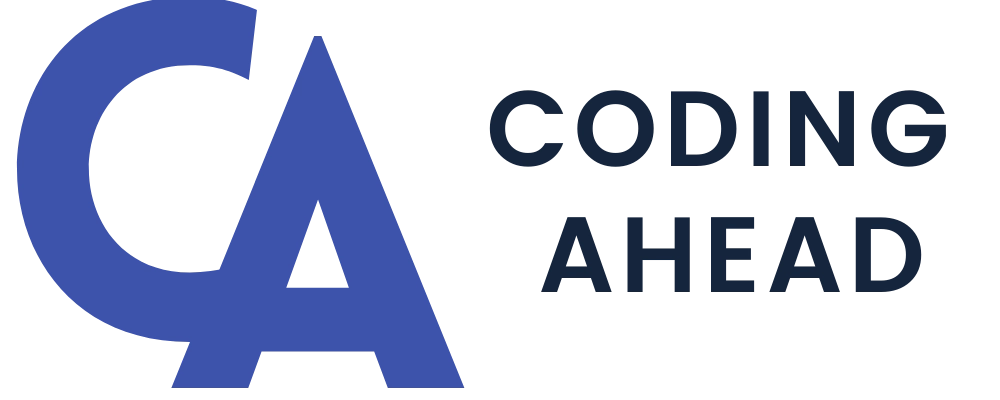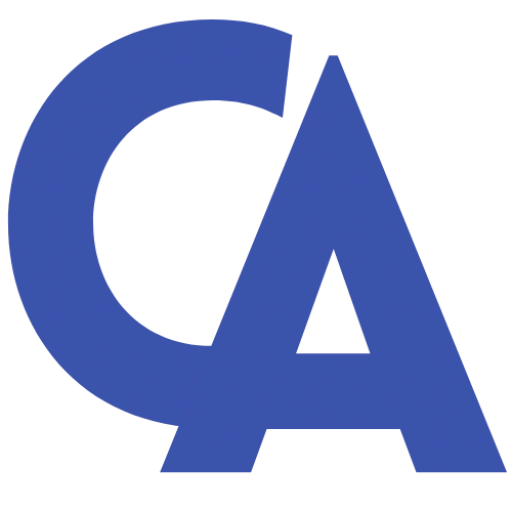(2023) CPT Code 97112 | Description, Guidelines, Reimbursement, Modifiers & Example
CPT code 97112 describes re-education of mobility, stability, cooperation, spatial awareness, posture, and proprioception for sitting or standing jobs. Treatments also apply to particular claims in the same way that therapeutic activity applies to specific body parts. Therefore, the American Medical Association continues to use Current Procedural Terminology (CPT®) code 97112 for Physical Medicine and Rehabilitation: drugs and their Administration.
Summary
CPT code 97112 refers to neuromuscular re-education of movement, balance, and coordination for sitting and standing duties. Treatments may apply to areas like therapeutic activities apply to specific body parts.
Neuromuscular re-education aims to lessen impairments and restore function by utilizing a physician’s clinical skills and services. Therefore, the use of these strategies may expect to result in an improvement in the limitations/deficits.
Exercising helps to strengthen the connection between the brain and the muscles that contract in reaction to the problem. This system provides information on the body’s internal state. The senses determine body movement effort and the relative positions of various body components to other items.
The American Medical Association for Physical Medicine and Rehabilitation continues to use CPT® code 97112: medications and the Best Methods of Administration. The use of these solutions should lessen the limitations and inadequacies. Regular exercise can help strengthen the link between the brain and the muscles that contract due to the condition.
This system monitors the inner state of the body. For example, the degree of effort required to move the body and the relative positions of particular body parts about other things may determine the person utilizing them.
CPT code 97112 can use to document neuromuscular re-education of movement. CPT 97112 has an out-of-pocket cost of $35.24.CPT code 97112 will pay out in 15-minute increments. CMS regulations state that a single service unit must have at least eight minutes of a direct correlation between patient and physician
CPT code 97112 refers to neuromuscular re-education of movement as a therapeutic procedure performed in one or more locations—the ability of a person to maintain good posture and balance while seated and standing.
Description Of CPT Code 97112
Code 97112 may use to bill for therapeutic operations in the CPT system. This billing category includes movement, balance, coordination, and kinesthetic sense neuromuscular rehabilitation. The training also covers proprioception, posture, and other aspects of sitting and standing.
The CPT billing code 97112 is in Chapter 11 of the CPT coding system, Evaluation and Management Services. This category includes Physical Medicine and Rehabilitation Therapeutic Procedures 97112. This billing code may comply with the American Medical Association (AMA).
Several neuromuscular re-education activities can improve one’s balance and posture. The CPT code 97112 assists patients in regaining their normal range of motion. Other BAP Boards treatments include Feldenkreis, Bobath, and Proprioceptive Neuromuscular Facilitation (PNF).
CPT 97112 is available to stroke sufferers and others with neuromuscular transmission problems and muscle diseases. This code can use to report outpatient orthopedic rehab operations. The documentation must include details about the completed exercises or activities, such as their desired consequence.
This treatment also necessitates direct one-on-one interaction between the patient and a doctor or therapist. A fifteen-minute CPT code can be issued if the process exceeds the time limit. Check that the group treatment code does not include any therapy.
The reason for including CPT code 97112 in our treatment plan may provide. The patient’s medical history and the physical exam results should show that they have less ability to function and trouble with specific movement patterns, consistency, cohesion, proprioceptive awareness, body language, and reflexes.
The 97112 care plan must also specify which precise parameters apply (e.g., balance board for 10 minutes, PNF stretching to the lumbar region, etc.)In addition to evaluation and PN, daily records should indicate the anatomical site and duration spent on each area (e.g., 15 minutes of PNF stretching to bilateral hamstrings).
Despite the lack of a widely agreed definition, neuro-re-ed refers to therapy or activity an individual uses to increase communication between the body and the brain via the nervous system. This point may easily present while convincing patients to improve their gait or complete quad sets after TKR.
The NMR technique includes proprioceptive training. Proprioception is the capacity to recognize the relative locations of various bodily parts. For example, this group could consist of a patient recuperating from a frozen shoulder or a problem indicated by gait patterns.
The proprioceptive system can only provide information regarding our internal state. A sensation means where your body parts are about one another and whether you exert the appropriate effort to move.
If the patient may not establish a CNS diagnosis, describing why NMR is required accurately is necessary. Not just the diagnosis determines whether or not a code may apply. The flowchart should explicitly indicate which actions are covered in NMR versus Ther Ex to facilitate daily billing. If sufficient evidence exists, the 97112 charge denial may appeal.

Billing Guidelines
If a physician deems it necessary, the CPT code 97112 can report. For example, it may document if one or more circumstances exist. There is a lack of deep tendon reflexes, vibration sensitivity, paresthesia, burning, or general pain in the patient’s feet and lower legs.
The patient’s muscles are weak or flaccid because of a problem with the brain, a nerve injury, or a disease or injury to the spinal cord. Alternatively, the patient has lost deep tendon reflexes and vibration sensitivity and has burning pain in the lower legs and fingers.
Muscle weakness and flaccidity are symptoms of a brain malfunction, nerve injury, spinal cord disease, or trauma. For correct billing, there must be one unit. Because each team may complete in the same amount of time, only one CPT code can utilize, and only one CPT code can be used by the certified professional.
The above timetable intends to help you break the day’s events into 15-minute increments. However, this does not entail that every minute until the ninth may include in the final total. When calculating the number of active treatment times, all 15-minute timed codes may include the physician involved in the therapeutic procedure.
Total treatment time is also recorded, including time spent conducting non-timed services. The CPT billing standards include the following information.
Speech-language pathologists may not offer CPT codes 97110, 97112, 97150, or 97530; physical or occupational therapists provide these services. CPT codes for repositioning (e.g., 97110, 97112, 97140, 97530) should not report individually.
The phrase “chiropractic manipulative treatment” (CMT) may abbreviate in the chiropractic sector. When a CMT service may do on the same spinal area, CPT code 97112 is irrelevant. Not just physical medicine and rehabilitation treatments are affected (i.e., 97112, 97124, and 97140).
Medicare only covers CMT in five spinal areas. Even if the service performs outside the CMT region, Medicare will accept CPT code 97112. According to the coding guidelines, these codes and CMT may record using modifier 59 or XS. Furthermore, this impacts general physical medicine and rehabilitation services (mentioned above).
Modifiers
A 59 modifier is needed for neuromuscular re-education (CPT code 97112), massage (97124), and joint mobilization (97140) if they are performed separately from chiropractic treatment. A patient cannot bill for both procedures if they are served on the same day in the exact location by the same physician.
Modifier 59 isn’t just for E/M services; it’s also for procedures and services that aren’t typically documented together but are suitable in the current situation. It includes incisions/excisions, lesions, and damage (or region of injury in significant injuries).
Documentation is essential when a new session, operation, surgery, site, or organ system may conduct on the same day by a different individual than usual.
Modifier 59 should use when no other, better-established modifier is available. Modifier 59 may use if no other descriptive modifiers are open, and E/M services should not include Modifier 59. You may need to apply modifier 25 to record a particular E/M service on the same day as a non-E/M service.
The CPT guide states, “Where another already established modifier is relevant, it may use instead of modifier 59.” Therefore, modifier 59 should only use when no other descriptive modifiers are available.
As a result, CMS has created four new modifiers—XE, XP, XS, and XU—that healthcare providers can use instead of modifier 59 if necessary. Until further notice, therapists should refrain from employing these new modifiers.
Example
In a therapeutic procedure for a patient, only three timed units may require to bill for 47 minutes. However, each code takes more than 15 minutes to finish; thus, a cost of one unit may need for each code.
For example, the service that took the longest to code should receive two units of CPT code 97112 and one unit of code 97110. Because the total therapy time was 47 minutes, which included 24 minutes of 97112 and 23 minutes of 97110, three teams can pay.


